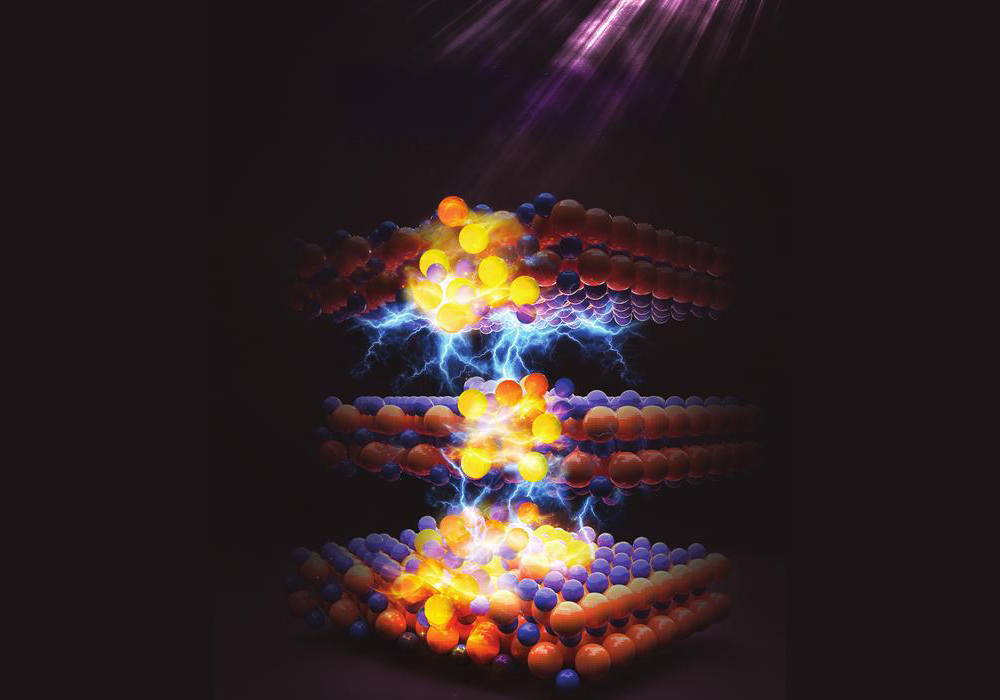The good folks at the National Institute of Standards and Technology say they have a new method for measuring light in the near-infrared range that is highly sensitive (in the single photon range) and relatively inexpensive.
NIST researchers Lijun Ma, Oliver Slattery and Xiao Tang figured out a way to “up convert” photons at one frequency to a higher frequency using a tunable laser. This allows them to up convert infrared photons to the visible range which can then be matched with existing detectors such as avalanche photodiode detectors.
In a news release from NIST, Tang says they have achieved a sensitivity 1,000 times better than common commercial optical spectral instruments.
“Our key achievement here was to reduce the noise, but our success would not have been possible without the many years of work by others in this field,” says Tang. “We hope that our discovery will open doors for researchers studying diseases, pharmaceuticals, secure communications and even solving crimes. We are very excited to make this technology available to the larger scientific community.”
More information about this can be found in Optics Express.
CTT Categories
- Electronics

